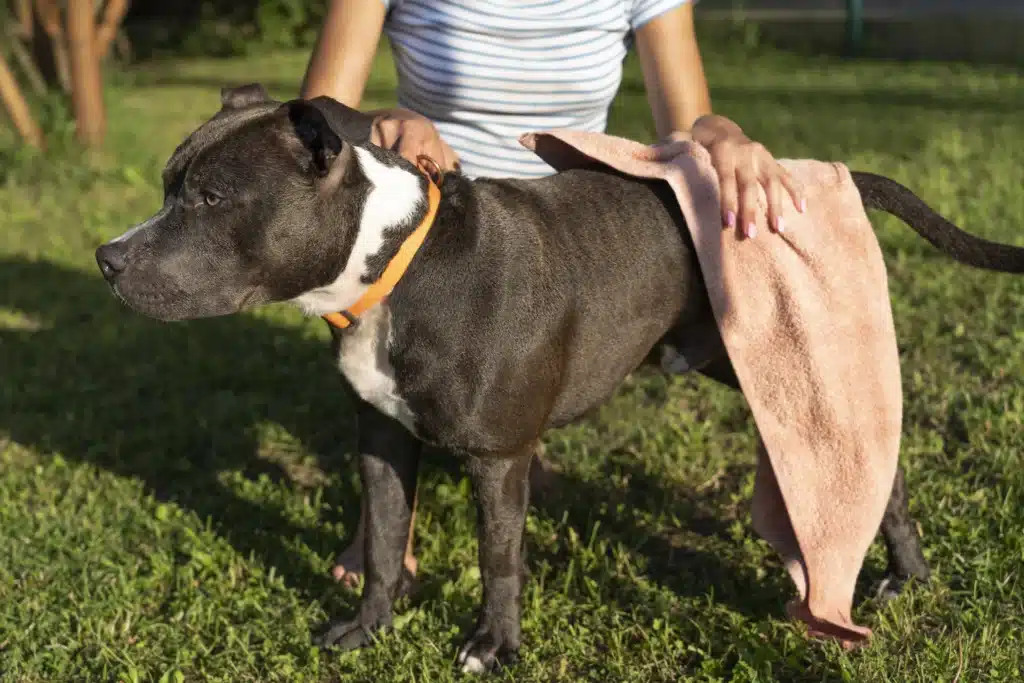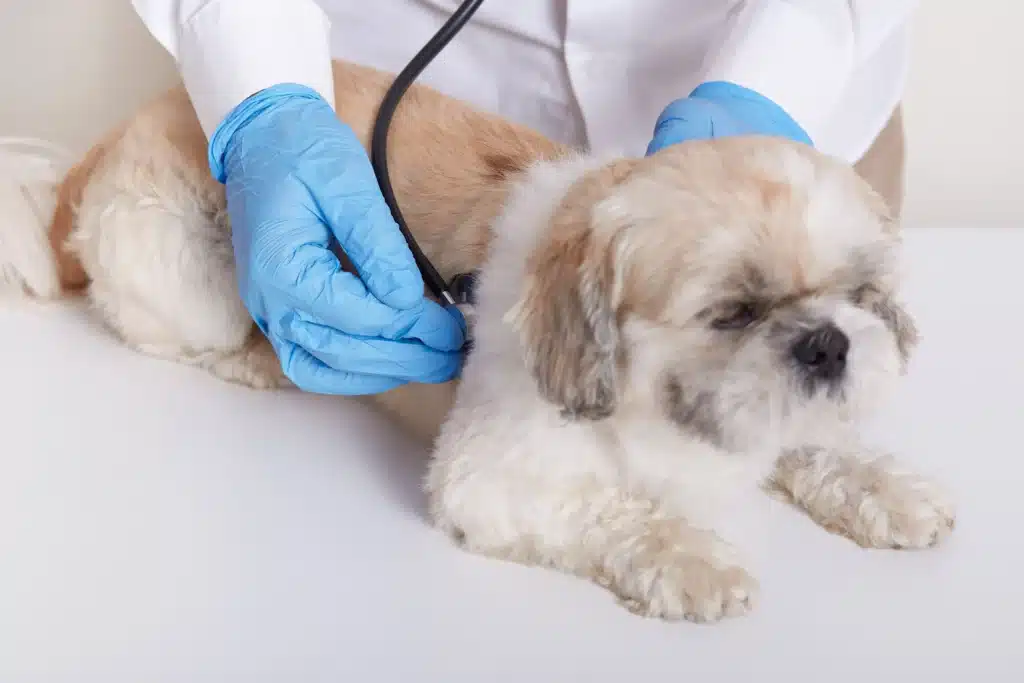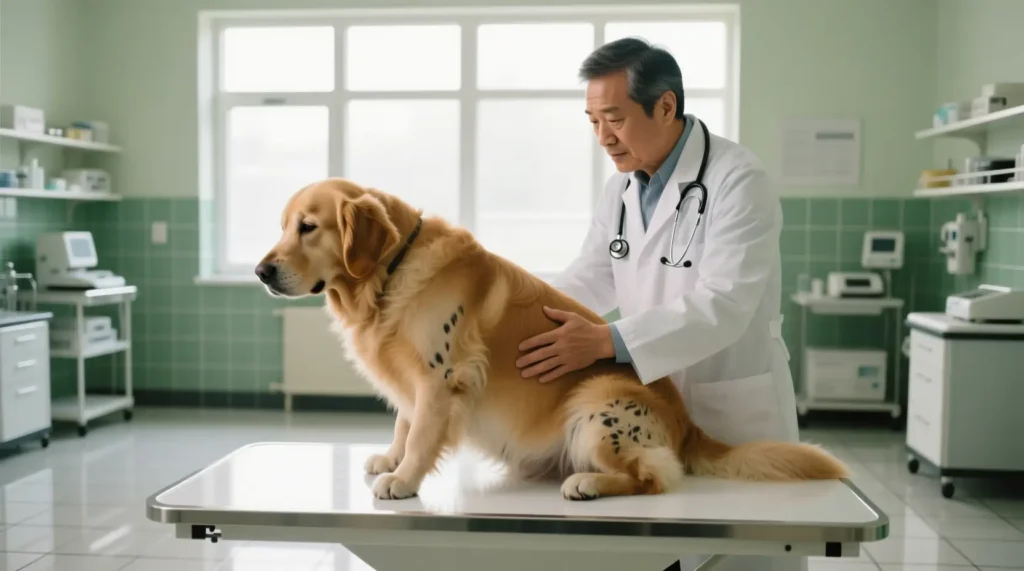(A Vet-Referenced Guide for Owners and Clinicians)
Managing a dog with Cushing’s disease takes a precise balance of medical therapy, consistent monitoring, and lifestyle adjustments. Most dogs live full, comfortable lives when treated properly with Vetoryl® (trilostane) — the only FDA-approved medication for canine Cushing’s disease.
Understanding the Disease
Cushing’s disease, or canine hyperadrenocorticism (HAC), develops when the adrenal glands produce excessive cortisol. According to dvm360 and the Merck Veterinary Manual, roughly 85% of cases are pituitary-dependent (PDH), while the remaining 15% arise from adrenal tumors.
Older, small-to-medium breeds such as Dachshunds, Poodles, and Miniature Schnauzers are most often affected. Symptoms include excessive thirst, panting, hunger, hair loss, thin skin, pot-belly appearance, and recurrent infections.
Diagnosis and Testing
The ACVIM Consensus Statement (2012) emphasizes that testing should be performed only when clear clinical signs exist.
Most common diagnostic tools:
- Low-Dose Dexamethasone Suppression (LDDS) Test – gold standard for stable dogs.
- ACTH Stimulation Test – preferred when diabetes or concurrent illness is present.
- Ultrasound or CT scan – to distinguish adrenal from pituitary causes.
If results are unclear, veterinarians often re-evaluate within 3–6 months.
Treatment: Vetoryl (Trilostane)
Modern therapy centers around Vetoryl® (trilostane) — a reversible cortisol-blocking medication. As detailed in dvm360’s clinical review and Dechra’s technical guide, trilostane inhibits the 3β-hydroxysteroid dehydrogenase enzyme, lowering cortisol safely without damaging the adrenal gland.
- Starting dose: 2.2–6.7 mg/kg once daily with food
- Adjustments: About 25 % of dogs require twice-daily dosing
- First signs of improvement: Energy and appetite, followed by coat and muscle tone
For most owners, medical management is more practical and cost-effective than surgery or radiation.
Monitoring and Follow-Up
Regular testing ensures stability. The AAHA guidelines recommend:
- Recheck after 10–14 days of starting or changing the dose
- ACTH stimulation test 4–6 hours after medication
- Follow-up again at 30 days, then every 3 months
If vomiting, fatigue, or appetite loss occurs, treatment should be paused and your veterinarian contacted immediately — these may signal excessive cortisol suppression.
Studies like Macfarlane et al., Vet Record 2016 show that pre-dose cortisol readings often correlate well with clinical signs, offering vets more flexibility in long-term management.
Nutrition and Lifestyle
Balanced nutrition supports therapy success. The WSAVA Global Nutrition Guidelines advise:
- Moderate fat and fiber to reduce triglycerides and aid digestion
- Calorie control to prevent obesity
- Consistent feeding times to aid drug absorption
As dvm360 reports, improved cortisol control often reduces insulin resistance in diabetic dogs.
Preventing Complications
Unchecked cortisol elevation can cause hypertension, pancreatitis, or infections.
| Complication | Prevention |
| High blood pressure | Routine monitoring & antihypertensives |
| Skin/urinary infections | Regular hygiene & vet checks |
| Gallbladder mucoceles | Ultrasound in predisposed breeds |
| Thromboembolism | Discuss preventive medications |
Home Monitoring
Daily observation helps ensure long-term stability.
Keep a simple log of:
- Water intake and appetite
- Panting frequency and activity level
- Urination changes and accidents
- Coat condition and skin health
Guidance: VCA Animal Hospitals recommends keeping a diary to help your veterinarian fine-tune treatment.
Life Expectancy and Prognosis
Dogs treated with trilostane have significantly longer survival times than untreated cases, typically 2–3 years or more with proper monitoring.
According to Nagata et al. (2017) and dvm360, most dogs die of age-related illnesses, not the disease itself.
Key Takeaways
Use only FDA-approved Vetoryl® (trilostane)
Test regularly with ACTH or cortisol monitoring
Maintain balanced diet and body weight
Recheck every 3 months
Keep detailed home observations


